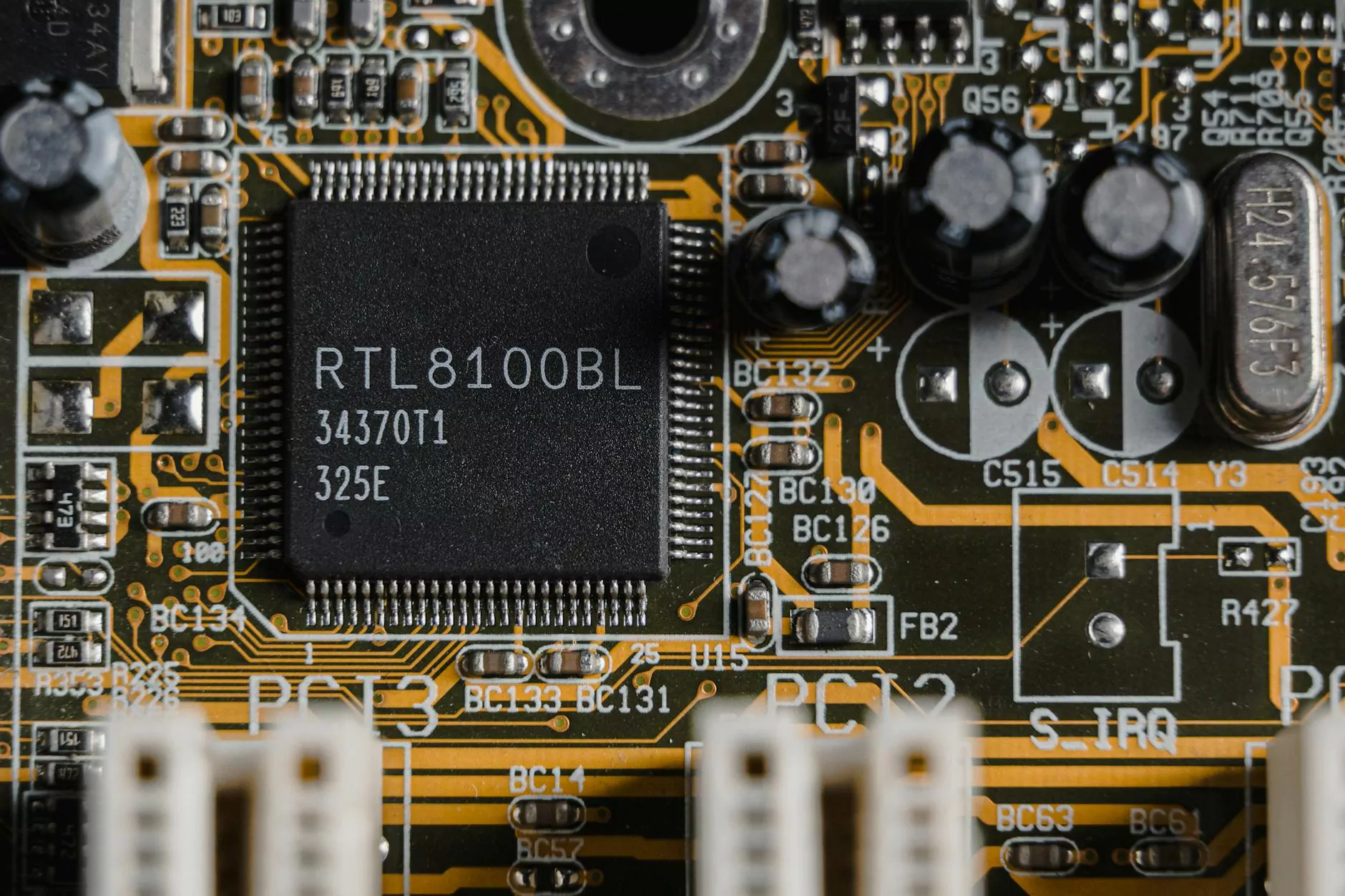Lung Cancer Screening: A Vital Step Towards Early Detection

Lung cancer remains one of the most significant health challenges globally, causing thousands of deaths every year. One of the most effective tools for combating this disease is lung cancer screening. In this article, we will explore everything you need to know about lung cancer screening, including its importance, methods, criteria for screening, and the impact it can have on survival rates.
Understanding Lung Cancer
Lung cancer occurs when abnormal cells in the lungs begin to grow uncontrollably, forming tumors. There are two primary types of lung cancer:
- Non-small cell lung cancer (NSCLC): This is the most common type, accounting for approximately 85% of all lung cancer cases.
- Small cell lung cancer (SCLC): This type is less common but tends to be more aggressive.
Many factors can contribute to the development of lung cancer, including smoking, exposure to radon, and environmental pollutants. Recognizing the early signs and symptoms of lung cancer can be difficult, which is why lung cancer screening plays such a crucial role in early detection and treatment.
The Importance of Lung Cancer Screening
Early detection is key to improving survival rates for lung cancer. Studies have shown that when lung cancer is detected at an early stage, the survival rate can be significantly higher. Here are a few reasons why lung cancer screening is vital:
- Increased Survival Rates: Early-stage lung cancer is often more treatable and can lead to better outcomes.
- Reduction in Advanced Cases: Screening helps to identify cancer before it progresses to more advanced stages, which can be more difficult to treat.
- Peace of Mind: Knowing your lung health status can alleviate anxiety for individuals at high risk.
Methods of Lung Cancer Screening
The primary method for lung cancer screening is low-dose computed tomography (LDCT). This advanced imaging technology is designed to detect lung cancers at their earliest stages. Here’s how it works:
Low-Dose Computed Tomography (LDCT)
LDCT scans use low levels of radiation to produce detailed images of the lungs. The LDCT process typically involves several key steps:
- Preparation: Patients are typically advised to avoid wearing metal accessories, as these can interfere with the imaging.
- Scanning: The patient lies on a table that moves through the CT scanner. The scan itself is quick, taking only a few minutes.
- Reviewing Scans: Radiologists analyze the images for any abnormalities that may indicate the presence of lung cancer.
Who Should Get Screened?
Not everyone needs to undergo lung cancer screening. The screening is primarily recommended for individuals at high risk for lung cancer. According to the U.S. Preventive Services Task Force (USPSTF), the following criteria can help identify those who may benefit from screening:
- Age 50 to 80 years.
- A history of heavy smoking (30 pack-years or more).
- Current smoker or someone who has quit smoking within the past 15 years.
Benefits of Lung Cancer Screening
Undergoing lung cancer screening can provide multiple benefits:
- Early Detection: Increased chances of detecting lung cancer before it spreads.
- Cost-Effectiveness: Treating cancer at an early stage is often less costly and yields better economic outcomes.
- Improved Quality of Life: Early treatment can lead to a better quality of life, allowing patients to maintain their daily activities and relationships.
Potential Risks and Considerations
While lung cancer screening is beneficial, it's vital to consider potential risks:
- False Positives: There’s a chance that a finding may not actually indicate cancer, leading to unnecessary anxiety and additional testing.
- Radiation Exposure: Although LDCT scans use low doses of radiation, repeated exposure can accumulate over time.
- Overdiagnosis: Some detected cancers may be slow-growing and never cause symptoms, leading to unnecessary treatment.
It’s essential to discuss these risks with a healthcare provider to make an informed decision about whether screening is appropriate based on individual risk factors.
Next Steps After Screening
If lung cancer screening results indicate potential abnormalities, further diagnostic tests may be required. These may include:
- Chest X-rays: To get a clearer picture of the lung's condition.
- Biopsies: To analyze lung tissue and determine whether cancer is present.
- Specialized Imaging Tests: Such as MRIs or PET scans for a more comprehensive examination.
The Role of Neumark Surgery in Lung Cancer Care
At Neumark Surgery, we are committed to providing comprehensive care for patients at risk of lung cancer. Our dedicated team of medical professionals specializes in a range of services, from lung cancer screening to more advanced treatments. We strive to ensure that every patient receives personalized care tailored to their individual health needs.
Why Choose Neumark Surgery?
Choosing the right healthcare provider is crucial when it comes to lung cancer screening and treatment. Here are just a few reasons to consider Neumark Surgery:
- Expertise: Our team consists of highly trained professionals with extensive experience in lung health.
- Innovative Technology: We use state-of-the-art technology for accurate diagnosis and effective treatment.
- Patient-Centric Care: We prioritize our patients' needs and comfort throughout their healthcare journey.
Conclusion
Lung cancer screening is an essential component of proactive healthcare for those at risk. By implementing regular screening practices, patients can enjoy enhanced early detection, leading to improved survival outcomes. At Neumark Surgery, we invite you to take the first step towards maintaining your lung health. Don’t hesitate to schedule a consultation with our professional team today.









